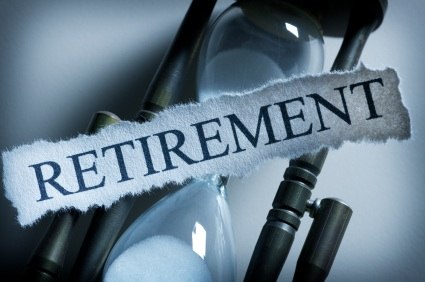Our advisor partners work very hard to find, build and maintain relationships with business owners. They rely on us to help them find the best pension plan design for their clients. This article goes beyond just plan types, but into situational solutions to give you a glimpse into what we consider when discussing plan design with a business owner.
SOLE PROPRIETORSHIP
For a sole proprietorship, a husband/wife business or a partnership with no employees, a Simplified Employee Pension (SEP) is a good place to start. With a SEP the business can contribute what works out to be about 20% of net Schedule C or K-1 income to an IRA for the owner(s).
There is a bit of a catch-22 with the SEP though. Sole proprietors often try to reduce their taxable income to avoid the Self Employment tax liability. As a result, 20% of the net income may not be very much.
So often the best pension plan for one of these small companies may be a 401(k) plan. The business owner can have the 20% contribution from the company, but she can also defer up to $17,500 of her income ($23,000 if she was born in 1963 or earlier). The additional elective deferral can be a significant boost to the annual deposits, and help the business owner reach her retirement goals sooner.
MANUFACTURING or SALES ORGANIZATIONS
If incentive-based programs are important to the business owner, then the best pension plan might be one that uses internal goals to determine the amount of the company contribution to the plan. Depending on the demographics of the company, the profit sharing contributions may be established separately for different departments. Often times these contributions are established based on quarterly performance to keep the incentive fresh in the minds of the employees.
The demographics are important, as I mentioned, but this can be a powerful management tool for the profit sharing allocation in a 401(k) plan. Some minimum contributions may be required, and some special non-discrimination tests must be performed for these formulas. But coming to a business owner with something that hits his hot button may be just what the advisor needs to close the sale.
To find out if an incentive-based profit sharing plan will work for you or your client, click here to request a free consultation.
PROFESSIONAL FIRMS
Many small professional firms are fortunate to be very successful. With success comes high earnings, and with that comes high taxes. A 401(k) plan paired with a Cash Balance Pension plan may be the best pension plan for the successful business. We have had tremendous success in many cases where the business owner is within 10-15 years to retirement, has predictable cash flow from the company, and is looking to save more than $50,000 per year for retirement over the next several years (5 or more).
The beauty of the Cash Balance is that the contribution can be dialed up or dialed down for each partner in the firm. Paired with a 401(k) plan, the employees must typically get a contribution equal to about 7.5% of compensation with most of that going to the profit sharing plan, not the pension plan.
These 401(k)/Cash Balance combination plans are a great way for busy professionals to build a significant retirement nest egg in a shorter period of time than with 401(k) alone. The advisor has an opportunity to manage the additional pension funds in a pooled account targeting 3%-5% rate of return.
Click here to request a 401(k)/Cash balance plan illustration for you or your client at no charge.
CONTRACTORS
Contractors that use union labor typically exclude the union members from the retirement plan set up for the company because the union scale wages include a pension component. We do have some clients that run the plan for their union employees themselves. In that case, we typically administer two separate plans for the company to allow the collective bargaining agreement to be followed for the union workers, and have flexibility into different design for the non-union employees and the owners.
For contractors that have Prevailing Wage jobs, the best pension plan is one that takes advantage of the fringe benefits built in to the Prevailing Wage. Every Prevailing Wage job in every county has a set “Base wage” and “Fringe benefit” component. The employer must pay the employee the Base wage as payroll. We recommend that employers with Prevailing Wage jobs use the Fringe benefit component to pay for insurance premiums (medical, dental, etc.), with the balance flowing into the 401(k) plan. By doing this, up to 10% of pay can be used in the 401(k) plan testing to help pass the tests, and any additional employer contributions can be offset by the deposit too. This is a win-win for the employer and the employee. The deposits to the 401(k) plan are fully vested, so when the employee is laid off the 401(k) benefits are paid out to help the employee through to the next job.
Prevailing Wage is one of our specialties here at BRI. Click here for a link to another of our articles on how Prevailing Wage plans work.



